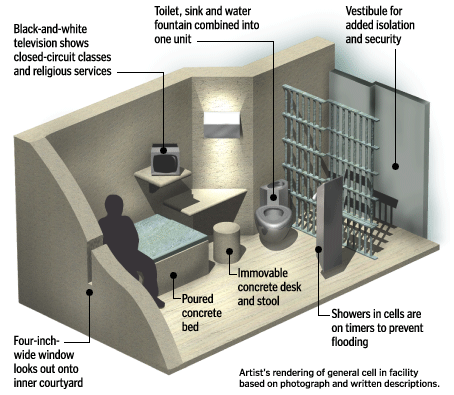
More horror stories are surfacing about prisoners with mental illnesses allegedly being abused and neglected inside the federal government’s most secretive maximum security penitentiary.
Consider the case of prisoner Richie Hill who became convinced diamond rings were hidden under his skin. Hill, who has been diagnosed with a severe mental illness, began scratching holes into his own flesh with his fingernails to remove the diamonds. Those open wounds soon became infected because he smeared feces on himself. At one point, a worm was spotted living in one of his open wounds. When Hill was finally taken to the federal Bureau of Prison’s hospital in Springfield, Missouri, the doctors initially considered amputating his legs because of a severe staph infection.
It’s against BOP’s own rules to house anyone with a severe mental illness at its Super Max penitentiary in Florence, Colorado, yet the federal government is doing exactly that, according to a civil rights lawsuit filed in Denver.
Prison officials claimed Hill was faking mental illness.





